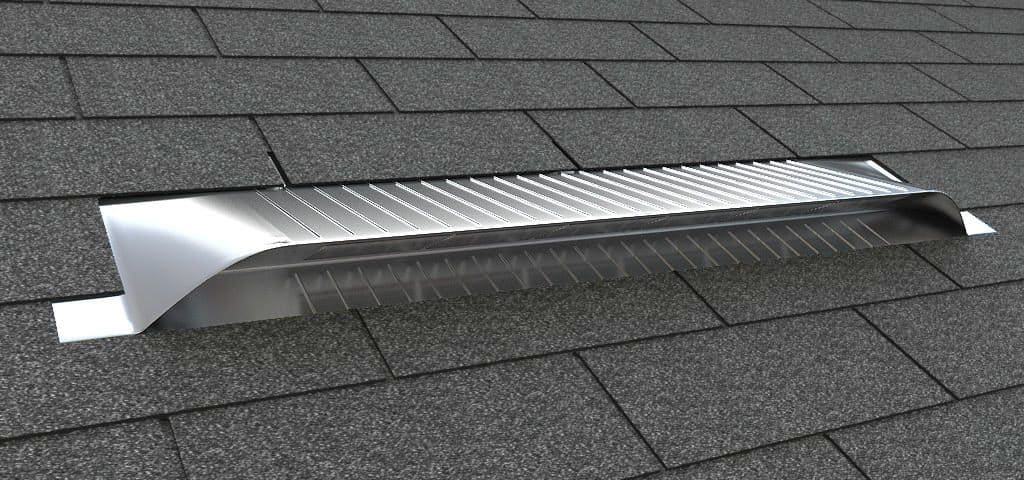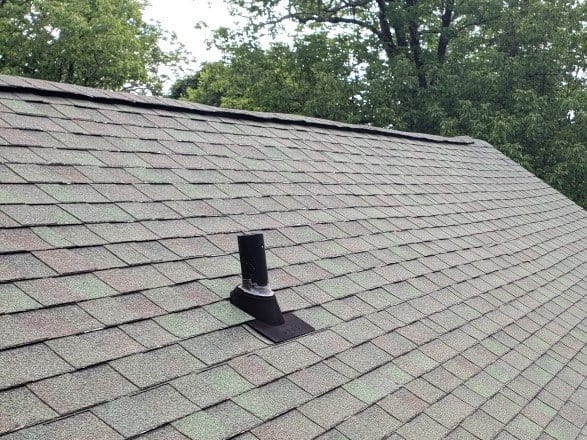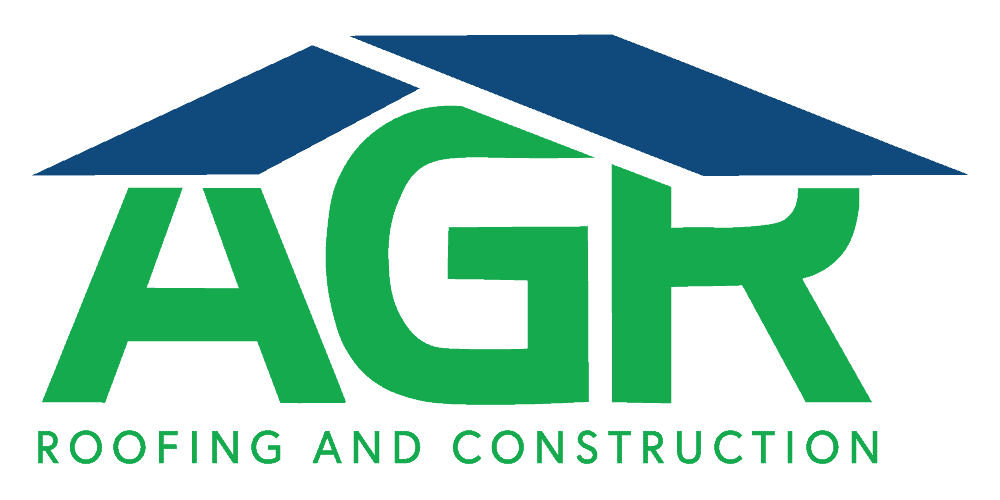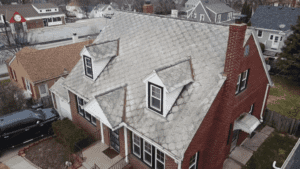Roof systems and attics are generally ventilated. Whether in the form of a fan under the eaves, a ridge vent, or any other type of residential roof ventilation, these systems provide several benefits to your home in Omaha.
If your roof isn’t currently ventilated, or if you’re having a new roof installed, it’s crucial to make sure that your roof is properly ventilated. Without an effective ventilation system, the climate may diminish the longevity of your entire home and you may notice steeper energy bills each month.
This article will delve into the importance of roof ventilation, as well as the types of roof ventilation to consider for your Omaha roofing system.
Why Is Roof Ventilation Important?
Roof ventilation, as well as attic ventilation, work to ensure that air can flow throughout your roofing system and attic. Without ventilation, air can get stuck and sit in your attic, leading to excess heat and moisture. Excessive exposure to heat and moisture can damage your roof and attic, leading to issues including rotting, mold development, warped roofing materials, and more. Plus, when heat sits in your attic, it may eventually seep into your living spaces. In the summer, this additional heat will warm up your home and force your air conditioner to use more energy to cool your home.

The Benefits of Roof Ventilation
Lower Energy Costs
Especially during the summer and winter, when your HVAC system has to work harder to combat the extreme temperatures outside, roof ventilation is essential for interior temperature management. A well-vented roof will let excess heat escape, preventing the heat from transferring into your living spaces. This will allow your air conditioner to operate more efficiently and use less energy, leading to lower utility bills.
Better Indoor Temperature Management
As we’ve already mentioned, proper Omaha roofing ventilation will help manage the temperature in your home. This means that you’ll notice less temperature disparity between rooms, especially those on different floors of your home. For example, the downstairs living room is less likely to be colder than an upstairs bedroom. The temperature throughout your home will remain more consistent when your roof is well-ventilated.
Reduced Risk of Ice Damming
Here in Omaha, we frequently experience snowstorms in the winter, as well as frigid temperatures. So, this risk of ice damming on your roof is significant. An ice dam is a ridge of ice that forms on the edge of your roof due to inconsistent roof surface temperatures.
Roof and attic ventilation help prevent ice damming by allowing warm air to escape, rather than sit in your attic. This will reduce the chance of the middle of your roof being warmer than the edges, which is the key cause of ice damming.
What Type of Roof Ventilation Do I Need?
There are multiple types of roof ventilation available. The right type of roof ventilation for your roof will depend on the design and size of your roof, as well as the climate. Your Omaha roofers can help you determine the type of roof ventilation that’s ideal for your roofing system.

Here are the main types of roof ventilation that you’ll have to consider:
Soffit Vents
Soffit vents are installed beneath the eaves of a roofing system. Among the most popular roof ventilation options, soffit vents let air from the attic flow in and out of the attic, preventing the buildup of moisture and heat. Soffit vents are usually constructed from PVC, vinyl, or aluminum.
Box Vents
Box vents are open-air and don’t have any moving parts. This type of roofing ventilation is one of the most affordable options available and provides excellent efficiency for low-pitch roofing systems.
Roof Ridge Vents
Roof ridge vents are installed along the ridge of your roof. These vents don’t have moving parts, like box vents, and allow for air circulation in your roofing system. Roof ridge vents are typically a great ventilation option for pitched roofs.
Turbine Vents
Turbine roof vents have moving parts and work the best when there’s a significant breeze. This type of vent moves with the breeze, making it an energy-efficient choice. However, when there isn’t a breeze, turbine vents don’t perform as well as other roof ventilation options.
To learn more about the Omaha roofing ventilation options available to you, contact AGR Roofing and Construction today.





